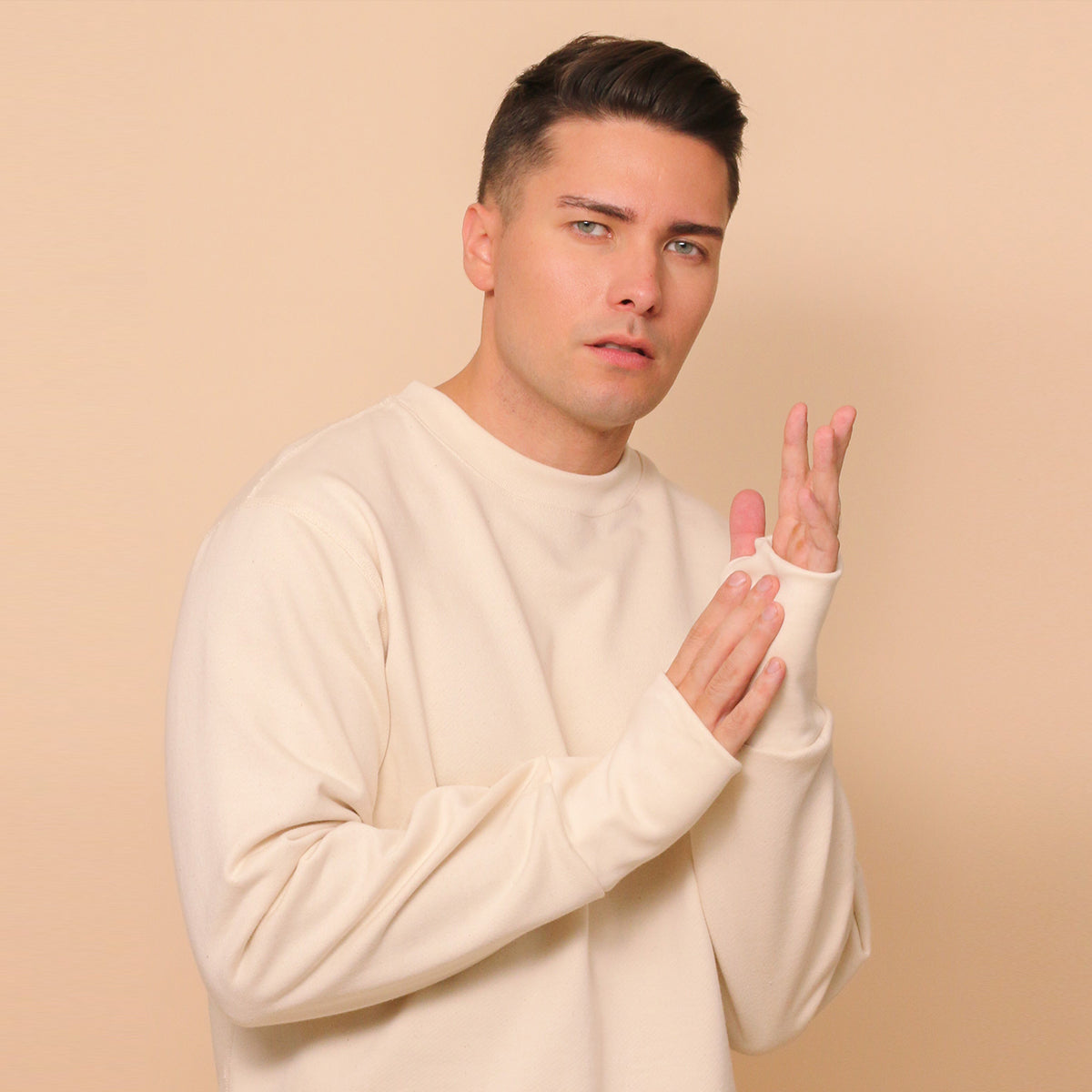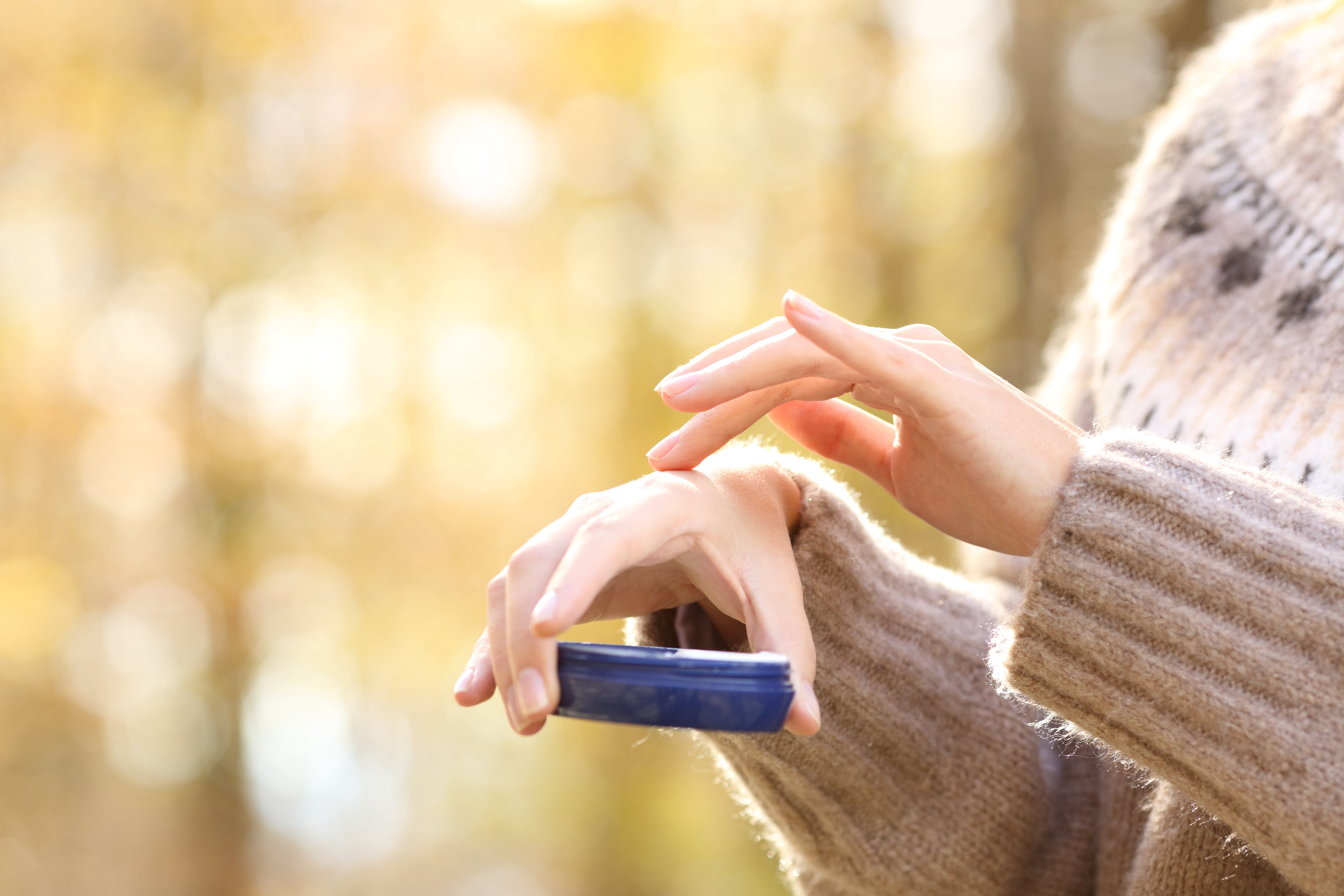What’s scarier than witches and skeleton figures? For people with skin allergies and sensitivities, it's the flare-ups on Halloween.
From fun trick-or-treaters in creative costumes down to delicious candies and goodie bags, Halloween is one of the most observed holidays for many. However, even the best parts of the celebration can turn out a little bit frightful and tricky for both adults and kids with skin allergies and sensitivities.
When the jack o' lantern pumpkins have been carved and houses have been spookily decorated, the mischief and excitement for Halloween start to kick in. Unfortunately, it is also during holidays like Halloween that people usually let their guard down to have fun.
During the celebration, the costumes and masks that you're wearing may wreak havoc on your skin. Aside from clothing, the treats you receive along the way can also lead to reactions.
Before marching toward the neighborhood to celebrate Halloween, Cottonique reminds everyone to be on alert and watch out for more allergy triggers. Here are the 5 useful tips to protect yourself from allergens and help you say "trick or treat" without an itch.
1. CHOOSE COSTUMES CAREFULLY
While creative costumes and masks may look fun to wear for Halloween, having fun doesn't have to cost your skin's overall comfort. According to the Allergy & Asthma Network (AAN), many costumes, masks, and accessories made for Halloween contain an allergenic substance called latex.
Latex, the milky fluid from rubber trees, is a dangerous substance that causes skin irritation, contact dermatitis, hives, cough, wheezing, swelling, or itching upon contact with people with skin conditions and sensitivities. Before buying superhero costumes and putting on Halloween masks, always check the materials first and refrain from buying latex-made clothes and nickel-embedded accessories.
"Parents of children with latex allergy should verify what a costume or mask is made of before buying it or dressing up their child. A child with a latex allergy could have an allergic reaction to a Halloween mask made with latex," the AAN reminded people with skin allergies and sensitivities.
Also, do not wear masks that have been stored for long periods of time as they can collect dust mites, mold spores, and other allergens. The same thing could also be said for newly purchased costumes so make sure to wash them before wearing them.
2. MIND THE ALLERGY TRIGGERS FROM FOOD
Aside from reducing triggers from clothing materials, you also need to minimize the chances of acquiring a food allergy reaction.
The AAN reported that most Halloween candies contain common food allergens such as peanuts, tree nuts, milk, eggs, wheat, or soy. If you're a parent, provide allergy-safe treats to trick-or-treaters visiting your own home.
When your kids get home, examine the candies in their bag of goodies and look for items that might cause flare-ups. Also, you can offer your kids a candy swap. Exchange the nutty candy bars that they are allergic to for safer treats.
3. CHECK THE FACE PAINTS AND MAKE-UP PRODUCTS BEFORE PUTTING THEM ON
If you're thinking of leveling up your Halloween celebration by putting on face paints to go with your costumes, you might want to take extra caution. According to the American College of Allergy, Asthma & Immunology (ACAAI), having allergic reactions to Halloween makeup is “possible."
"Some makeup may contain preservatives, including formaldehyde, which can cause a rash, swelling of the skin, or breathing problems," the ACAAI said, urging everyone to test the makeup first on the back of the hand or the inner wrist before Halloween.
"If a rash or any abnormality occurs, do not use makeup,'' the ACAAI advised. Artificial dyes and other strong fragrances can also set off an eczema reaction and cause contact dermatitis in people with skin sensitivities.
4. STAY CAUTIOUS OF ASTHMA TRIGGERS
While jump scares and other frightful activities are all part of the fun of Halloween, strong emotions of fear and abrupt excitement can be asthma triggers.
To prevent an amusing night from getting spoiled, always make sure that you (or your kids) have taken the prescribed asthma medicines before going out. You should also be wary of the environmental allergens that you may encounter along the way.
According to the Allergy & Asthma Foundation of America, mold spores and pollen coming from piles of leaves and hay bales can trigger allergies and asthma. Dry ice and fog machines, which people use to set a spooky mood, can make breathing difficult even for people without asthma.
"Dealing with allergies or asthma can spoil a fun night. If you or your child has asthma, remember to carry their quick-relief inhaler," the AAFA said.
5. PRACTICE SAFE TRICK-OR-TREATING
As you prepare your Halloween ensembles, the Centers for Disease Control and Prevention Center (CDC) also reminds everyone to still practice safety COVID-19 measures while trick-or-treating.
According to the CDC, the traditional Halloween activity of trick-or-treating door to door is safe as long as children and adults stay outside and wear a protective cloth face mask.
"CDC also recommends trick-or-treating in small groups. Stay 6 feet apart from others who are not in your immediate family," the AAN reported. Also, please be reminded that costume masks made for Halloween should not be a substitute for protective cloth masks.
TAKEAWAY: Whether you're celebrating Halloween indoors or having fun with your friends outside, steering clear of possible eczema reactions is part of the annual celebration. On Halloween night, don’t forget to pack epinephrine auto-injectors and a flashlight while trick-or-treating to be prepared for anaphylaxis.
Also, if you're looking for defensive cloth masks that will protect you from both virus-carrying droplets and skin irritation, check out our collection of allergy-free masks made with 100% organic cotton. Choose your own pair here. You may also want to read more about latex allergy from our previous related blog: The 5Ws of Latex Allergy
DISCLAIMER: The information presented on Cottonique is not, and will never be, intended to be a substitute for professional medical advice, diagnosis, or treatment. All content materials found on this site, from text, treatments, outcomes, charts, graphics, photographs, and study findings, are created and published for general informational purposes only. It should not, in any way, be construed as a standard of care to be followed by a user of the website.
Thus, readers are encouraged to verify any information obtained from this website with other accurate references and review all information regarding any medical condition or treatment with their physician. As Cottonique strives to help those with allergies live with better days, the hypoallergenic apparel brand encourages everyone to always seek the advice of your physician or other qualified health providers with any questions you may have regarding a medical condition.






Leave a comment
All comments are moderated before being published.
This site is protected by reCAPTCHA and the Google Privacy Policy and Terms of Service apply.